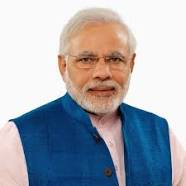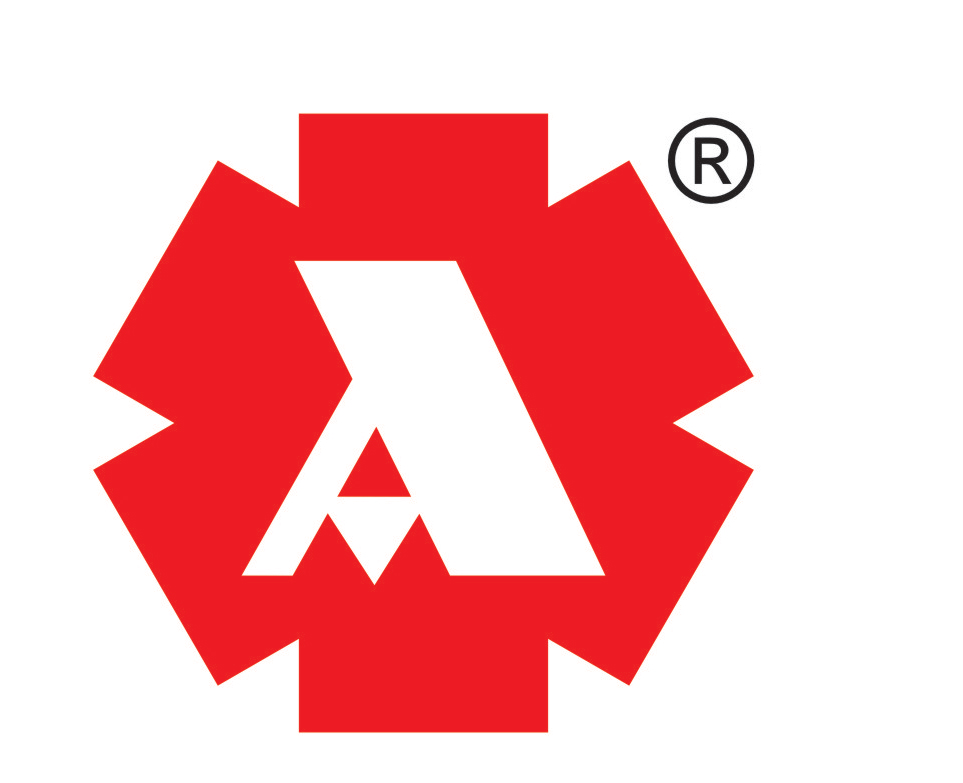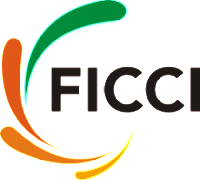Prime Minister will be launching the “Stand up India scheme” and a Web portal for the scheme on 05th April, 2016 at Sector 62, NOIDA. It will be attended by Governor, UP, Union Finance Minister, Union Minister for Culture and Tourism and Union Minister of State for Finance among others.
The “Stand up India Scheme” is being launched now to promote entrepreneurship among Scheduled Caste/Schedule Tribe and Women for loans in the range of Rs. 10 Lakhs to Rs. 100 Lakhs. The Scheme is expected to benefit large number of such entrepreneurs, as it is intended to facilitate at least two such projects per bank branch (Scheduled Commercial Bank) on an average one for each category of entrepreneur.
The broad features of the scheme are as under:-
I. Composite loan between Rs. 10 lakh and upto Rs.100 lakh, inclusive of working capital component for setting up any new enterprise.
II. Debit Card (RuPay) for drawal of working capital.
III. Credit history of borrower to be developed.
IV. Refinance window through Small Industries Development Bank of India (SIDBI) with an initial amount of Rs.10,000 crore.
V. Creation of a corpus of Rs. 5,000 crore for credit guarantee through NCGTC.
VI. Handholding support for borrowers with comprehensive support for pre loan training needs, facilitating loan, factoring, marketing etc.
VII. Web Portal for online registration and support services.
The overall intent of the proposal is to leverage the institutional credit structure to reach out to these underserved sectors of the population by facilitating bank loans in the non-farm sector set up by such SC, ST and Women borrowers. The initiative will also develop synergies with ongoing schemes of other Departments.
The process would be led by SIDBI with involvement of Dalit Indian Chamber of Commerce and Industry (DICCI) and various sector – specific institutions all over the country. The offices of SIDBI and National Bank for Agriculture and Rural Development (NABARD) shall be designated Stand Up Connect Centres (SUCC).
The launch event would involve distribution of 5100 E-Rickshaws by Bhartiya Micro Credit (BMC) under the Pradhan Mantri Mudra Yojna scheme. In addition the recipients will also be covered under Pradhan Matri Jan Dhan Yojna, Pradhan Mantri Suraksha Yojana, Pradhan Mantri Jivan Jyoti Yojana, Atal Pension Yojana schemes and other eight significant Prime Minister schemes.
“Bhartiya Micro Credit (BMC) aims to spread awareness of the financial inclusion and social security schemes and proposes to take the benefits to poor and destitute people in the country. The idea is to facilitate the up gradation of pedal rickshaw pullers into E Rickshaw owners and help create threefold increment in their income. Credit for all these facilities are being provided under Mudra Scheme. The progression to E rickshaw from pedal rickshaw will also help contribute towards achieving the goals of Swachh Bharat Abhiyan. Sach hua Sapna, Rickshaw hua apna!, shared Vijay Pandey, Managing Director, Bhartiya Micro Credit.
As the first step of this process the pedal rickshaw pullers are provided training post which certificate is provided by NSDC. 150 women drivers have been trained. In addition the customers will also be able to book E Rickshaw through Ola mobile apps and make online payment via Freecharge, which will be integrated under the Digital India initiative.
Under the scheme, charging and service station will also be set up, which will help the growth of emergence of small and micro enterprises along with creating many opportunities for entrepreneurs. This organically integrates Bhartiya Micro Credit (BMC) E-Rickshaws program into Prime Minister Shri Narendra Modi flagship ‘Stand Up India’ initiative.
The Prime Minister on 15th August 2014 launched the Pradhan Mantri Jan Dhan Yojana (PMJDY) for “Banking the Unbanked”. As is well known, it met with resounding success as more than 21.3 crore accounts have been opened. Further, Pradhan Mantri MUDRA Yojana (PMMY) was launched by the PM for “Funding the Unfunded” by facilitating loans upto Rs. 10 lakh on 8th April, 2015. As on date, over Rs. 1.22 Lakh crore have been disbursed wherein over 57.75 lakh Scheduled Castes, 15.15 lakh Scheduled Tribes and 2.52 crore women entrepreneurs have been benefited under this scheme. To intensify this inclusive growth, the PM in his address to the nation on 15th Aug, 2015 had announced the “Start up India Stand up India” initiative.










